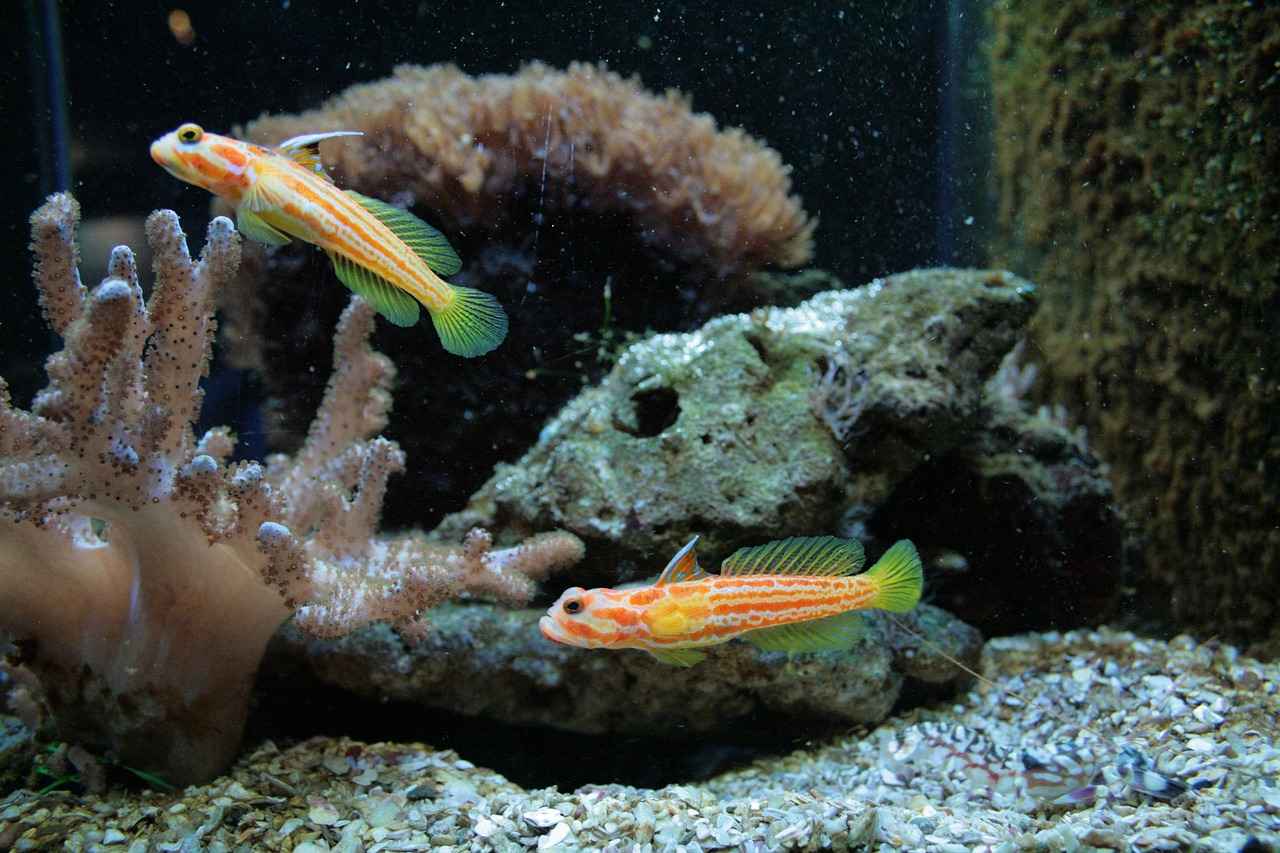This article provides a comprehensive guide for aquarium enthusiasts on effectively lowering General Hardness (GH) in their tanks, ensuring a healthy environment for aquatic life.
Understanding General Hardness (GH) is crucial for maintaining a balanced aquarium. GH measures the concentration of calcium and magnesium ions in the water, which directly impacts the health of fish and the growth of aquatic plants. A higher GH can lead to stress in sensitive species, while a lower GH is often preferred for a variety of freshwater fish and invertebrates.
Lowering GH is vital for certain fish species and aquatic plants that thrive in softer water conditions. Species such as Neon Tetras and Cardinal Tetras prefer lower GH levels for optimal health. Additionally, many aquatic plants, particularly those from soft water regions, flourish in such environments. This section explores the benefits of maintaining optimal GH levels for biodiversity and overall tank stability.
Accurate measurement of GH is the first step in managing water quality. You can measure GH using various methods:
- Test Strips: Quick and easy, but may lack precision.
- Liquid Test Kits: More accurate, providing detailed readings.
- Digital Meters: Offer precise measurements for serious hobbyists.
Regular monitoring helps ensure that your tank remains within the desired GH range.
There are several effective methods to reduce GH in your aquarium:
- Water Changes: Frequent water changes with distilled or reverse osmosis water can significantly lower GH.
- Chemical Treatments: Products specifically designed to lower GH can be used, but should be applied cautiously.
- Filtration Materials: Use of ion-exchange resins can help remove calcium and magnesium from the water.
Combining these methods often yields the best results.
Aquatic plants play a significant role in regulating GH levels. Live plants naturally absorb minerals from the water, contributing to lower GH over time. Species such as Java Fern and Amazon Sword are particularly effective. By incorporating a variety of plants, you can create a balanced ecosystem that not only looks beautiful but also helps maintain water quality.
Rapid changes in GH can harm your aquatic ecosystem. Fish and plants may experience shock, leading to stress or even death. It is crucial to lower GH gradually, ideally no more than 1-2 dGH per day. Monitoring your tank’s response and adjusting your approach based on the inhabitants’ needs is essential for maintaining a healthy environment.
In conclusion, managing GH in your aquarium is vital for the well-being of your aquatic life. By understanding GH, measuring it accurately, and employing effective methods to lower it, you can create a thriving aquatic environment that enhances biodiversity and promotes the health of your fish and plants.
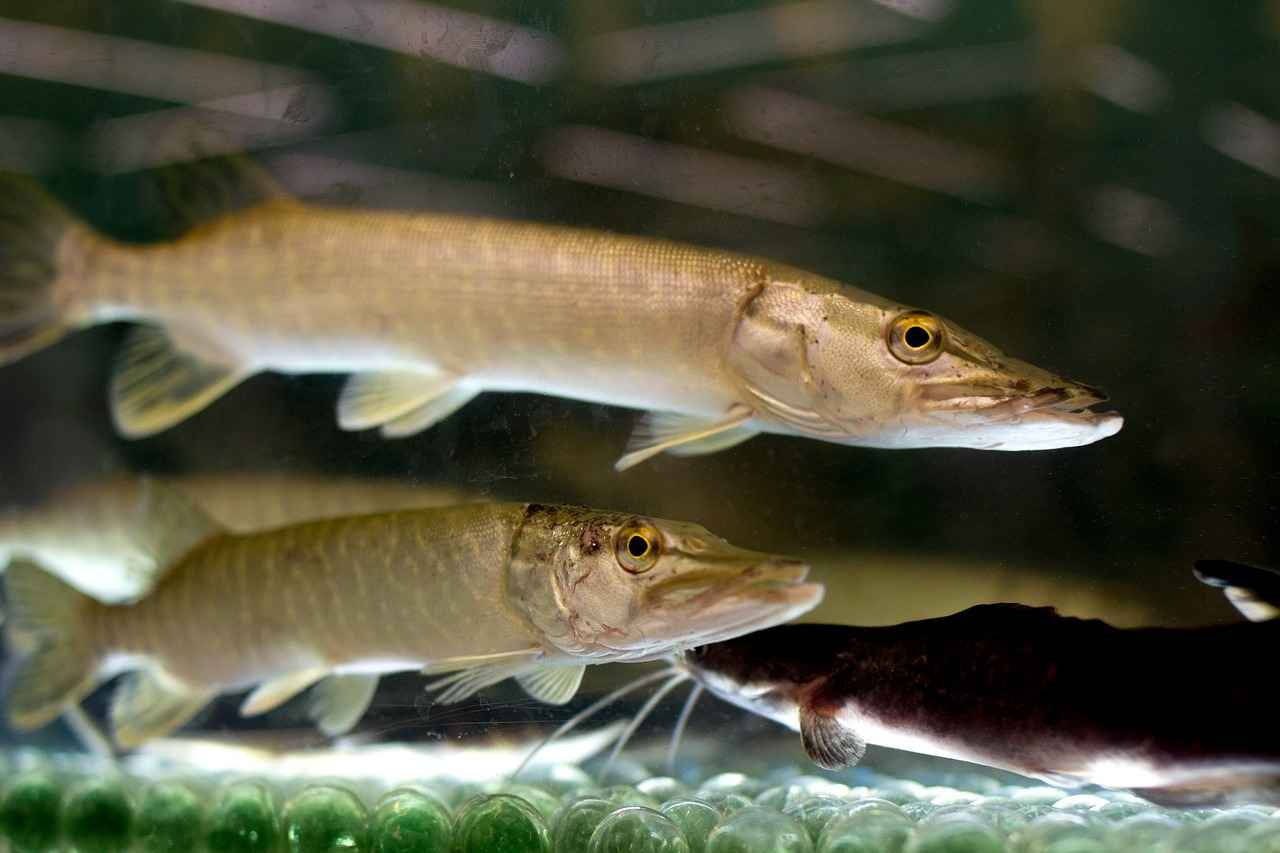
What is General Hardness (GH) in Aquariums?
Understanding General Hardness (GH) is essential for any aquarium enthusiast aiming to create a thriving aquatic environment. GH refers to the concentration of calcium and magnesium ions in the water, which are crucial for the overall health of fish and the growth of aquatic plants. This measurement not only affects the water chemistry but also influences the biological processes occurring within the aquarium ecosystem.
In aquariums, maintaining a balanced GH level is vital as it directly impacts fish health, plant growth, and the overall stability of the aquatic environment. Different species of fish have unique preferences for water hardness; for example, soft water is preferred by many tropical fish, while others thrive in harder conditions. Similarly, certain aquatic plants flourish in specific GH ranges, making it crucial to tailor the water parameters to meet the needs of both fish and flora.
Moreover, GH plays a significant role in the biological filtration process. The presence of calcium and magnesium ions can enhance the activity of beneficial bacteria that break down waste products, thereby improving water quality. This is particularly important in a closed system like an aquarium, where waste can accumulate quickly and lead to detrimental conditions if not managed properly.
Understanding the implications of GH extends beyond just the fish and plants; it also affects the overall biodiversity in the aquarium. A well-balanced GH level fosters a healthy ecosystem where various organisms, including invertebrates and beneficial microorganisms, can thrive. This diversity is essential for creating a resilient and self-sustaining aquarium.
In summary, a solid grasp of General Hardness is imperative for aquarium enthusiasts. It not only influences the health of the fish and the growth of plants but also plays a pivotal role in maintaining a balanced and thriving aquatic ecosystem. By monitoring and adjusting GH levels, hobbyists can ensure a vibrant and healthy environment for all their aquatic inhabitants.
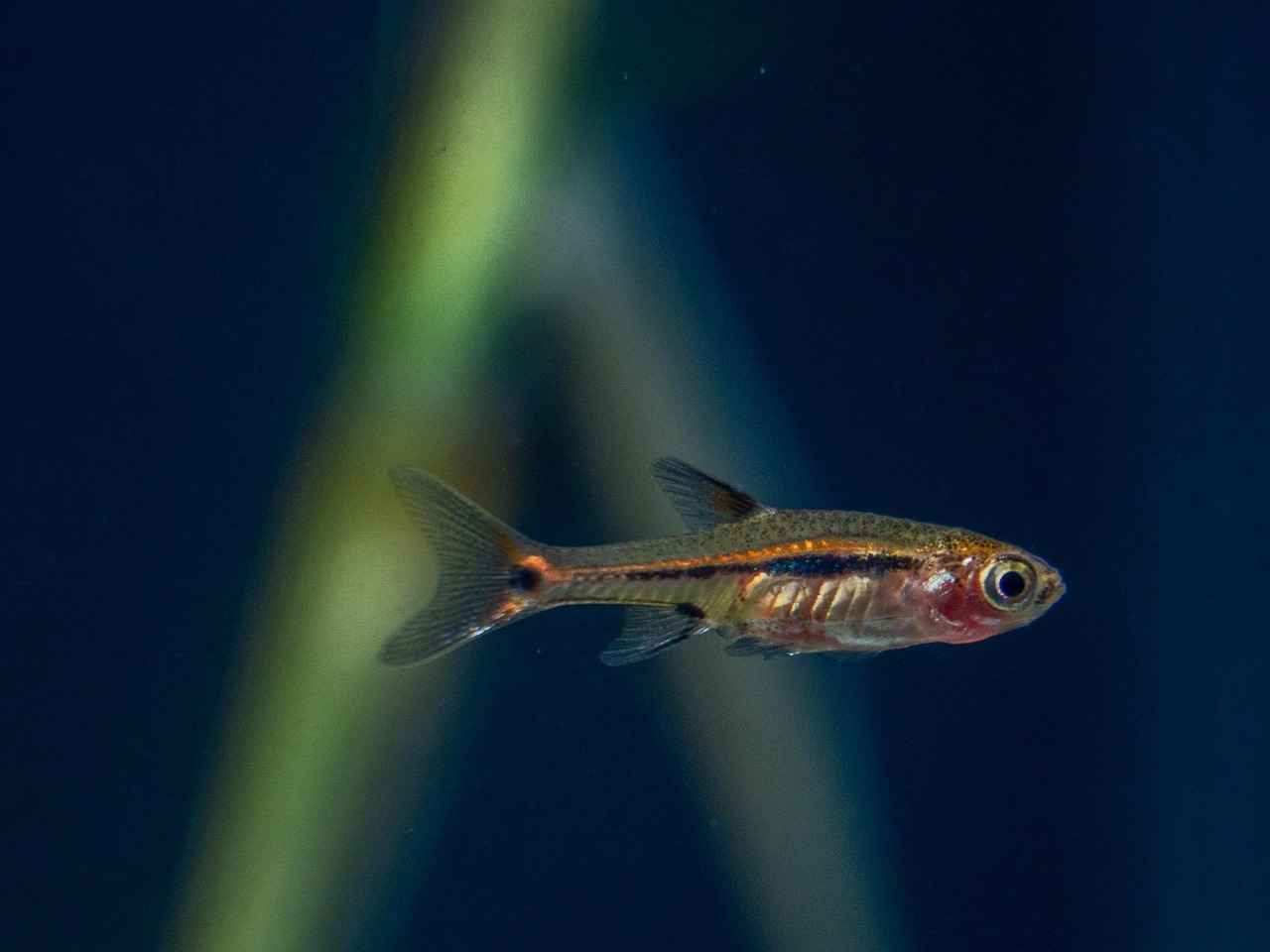
Why is Lowering GH Important for Your Aquarium?
Maintaining a healthy aquarium environment is essential for the well-being of its inhabitants. One critical aspect of this environment is the General Hardness (GH) of the water. GH refers to the concentration of calcium and magnesium ions, which play a vital role in the overall health of fish and aquatic plants. Understanding why lowering GH is important can significantly enhance the biodiversity and stability of your aquarium.
Lowering GH is particularly crucial for certain fish species and aquatic plants that thrive in softer water. Many freshwater fish, such as tetras, discus, and some species of shrimp, prefer environments with lower hardness levels. These organisms are adapted to softer waters, which better mimic their natural habitats. By adjusting the GH, you can create a more suitable environment that promotes healthier growth and reduces stress in these delicate species.
Moreover, maintaining optimal GH levels can enhance the biodiversity of your aquarium. Aquatic plants such as Amazon swords and Java ferns also thrive in softer water. These plants not only beautify your aquarium but also contribute to the overall health of the ecosystem by providing oxygen and absorbing harmful toxins. A balanced GH level ensures that both fish and plants can coexist harmoniously, leading to a vibrant and thriving aquatic environment.
Another significant benefit of lowering GH is its impact on water quality. High levels of hardness can lead to an increase in algae growth, which can cloud the water and compete with plants for nutrients. By keeping GH at optimal levels, you can help maintain clearer water, thereby enhancing the aesthetic appeal of your aquarium. This clarity also allows for better visibility of your aquatic life, making your tank more enjoyable to observe.
Furthermore, lowering GH can aid in the prevention of health issues among fish. High hardness levels can cause osmotic stress, making it difficult for fish to regulate their internal salt and water balance. This stress can lead to various health problems, including weakened immune systems and increased susceptibility to diseases. By lowering GH, you can reduce these risks and promote a healthier, more resilient aquarium population.
In conclusion, understanding and managing GH levels is vital for creating a thriving aquarium. Lowering GH not only benefits specific fish species and aquatic plants but also improves overall water quality and health. By fostering a balanced environment, you contribute to the biodiversity and longevity of your aquatic ecosystem.

How to Measure GH in Your Aquarium?
Measuring General Hardness (GH) in your aquarium is essential for maintaining a healthy aquatic environment. Understanding the GH levels helps you ensure that your fish and plants thrive. In this section, we will explore various methods and tools available for accurately measuring GH in your aquarium.
Accurate measurement of GH is the first step in managing water quality. GH indicates the concentration of calcium and magnesium ions, which are vital for the overall health of aquatic life. If the GH is too high or too low, it can lead to stress in fish and hinder the growth of aquatic plants.
- Test Strips: These are easy-to-use and provide quick results. Simply dip the strip into the water and compare the color change to the provided chart. However, they may not be as accurate as liquid tests.
- Liquid Test Kits: These kits involve adding reagents to a water sample, which changes color based on the GH level. They are generally more accurate than test strips and are widely used by aquarium enthusiasts.
- Digital Meters: For those looking for precision, digital meters can offer a reliable reading of GH levels. These devices can be more expensive but provide quick and accurate results.
It is recommended to measure GH regularly, especially if you are introducing new fish or plants to your aquarium. Monitoring GH weekly can help you catch any fluctuations early and make necessary adjustments.
Several factors can influence the GH levels in your aquarium:
- Water Source: Tap water often has varying GH levels depending on the local water supply. Always test your source water before filling your aquarium.
- Evaporation: As water evaporates, minerals become more concentrated, potentially raising GH levels.
- Substrate and Decorations: Some substrates and decorations can leach minerals into the water, affecting GH.
Understanding your test results is crucial for effective aquarium management. GH levels are typically measured in degrees of hardness (dGH) or parts per million (ppm). Here’s a quick reference:
| GH Level (dGH) | Water Hardness Classification |
|---|---|
| 0-4 | Soft Water |
| 5-10 | Moderately Hard Water |
| 11-20 | Hard Water |
| 21+ | Very Hard Water |
By understanding these classifications, you can make informed decisions about the types of fish and plants suitable for your aquarium.
If your GH readings are outside the desired range for your aquatic life, consider implementing strategies to adjust the levels. For high GH, you might perform partial water changes with softer water or use specific filtration materials designed to lower hardness. Conversely, if GH is too low, you can add minerals or use water conditioners to stabilize the levels.
In summary, accurate measurement of GH is fundamental in maintaining a thriving aquarium. By utilizing the right tools and understanding the implications of your readings, you can create a balanced environment that supports the health and well-being of your aquatic life.
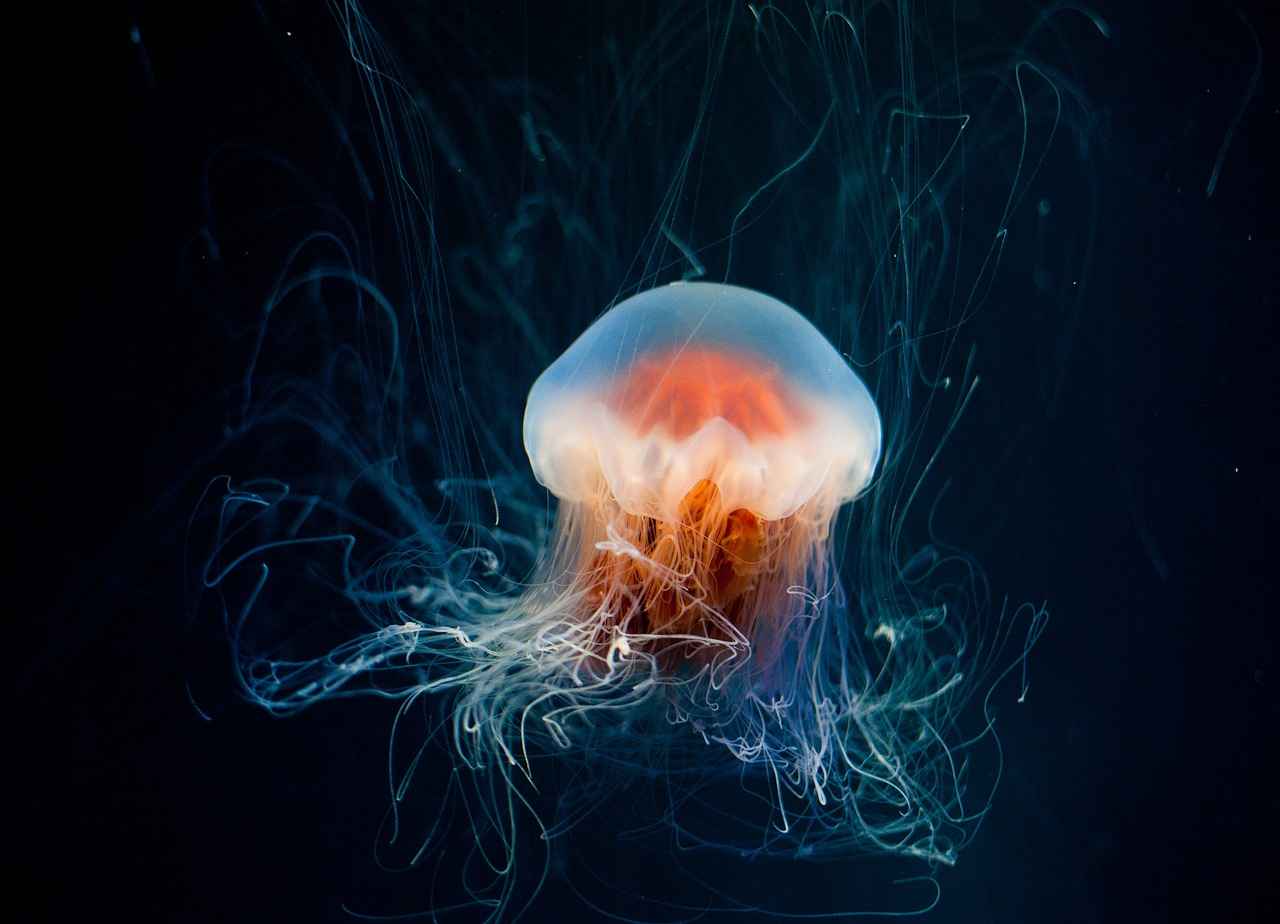
What Methods Can You Use to Lower GH?
When it comes to maintaining a healthy aquarium, managing the General Hardness (GH) of the water is essential. High levels of GH can lead to stress in fish and hinder the growth of delicate aquatic plants. Fortunately, there are several effective methods to lower GH in your aquarium, ensuring a stable and thriving environment for your aquatic life.
Here are some practical techniques to consider:
- Regular Water Changes: One of the simplest and most effective ways to reduce GH is through regular water changes. By replacing a portion of the water with distilled or reverse osmosis (RO) water, you can significantly dilute the concentration of calcium and magnesium ions. Aim for a water change of 10-20% weekly to maintain optimal levels.
- Chemical Treatments: There are various commercial products available that can help lower GH. These treatments often contain ion-exchange resins that specifically target calcium and magnesium. It’s crucial to follow the manufacturer’s instructions carefully, as overdosing can lead to adverse effects.
- Utilizing Specific Filtration Materials: Certain filtration media, such as peat moss and ion-exchange resins, can effectively lower GH. Peat moss releases tannins and organic acids that soften the water, while ion-exchange resins can remove hardness-causing minerals. Incorporating these materials into your filter can provide a long-term solution to high GH levels.
- Adding Driftwood: Incorporating driftwood into your aquarium not only enhances the aesthetic appeal but also helps lower GH. As the wood decomposes, it releases tannins that can soften the water. Make sure to soak the driftwood beforehand to minimize floating debris.
- Incorporating Aquatic Plants: Live plants can play a significant role in regulating GH levels. Species such as Echinodorus and Cryptocoryne are known to absorb excess calcium and magnesium, thereby contributing to lower GH. A well-planted aquarium not only looks beautiful but also promotes a healthier environment.
- Using Rainwater: If you have access to rainwater, it can be an excellent option for reducing GH. Rainwater is naturally soft and free from the minerals that contribute to hardness. However, ensure that the water is clean and free from contaminants before adding it to your aquarium.
Each method has its advantages and potential drawbacks, so it’s essential to choose the one that best fits your specific aquarium setup and the needs of your aquatic life. Monitoring GH levels regularly and making gradual adjustments will help ensure a safe and balanced environment for your fish and plants.
In conclusion, managing GH in your aquarium is a multi-faceted approach that requires attention to detail and consistent effort. By employing these methods, you can create a thriving aquatic ecosystem that supports the health and well-being of your fish and plants.
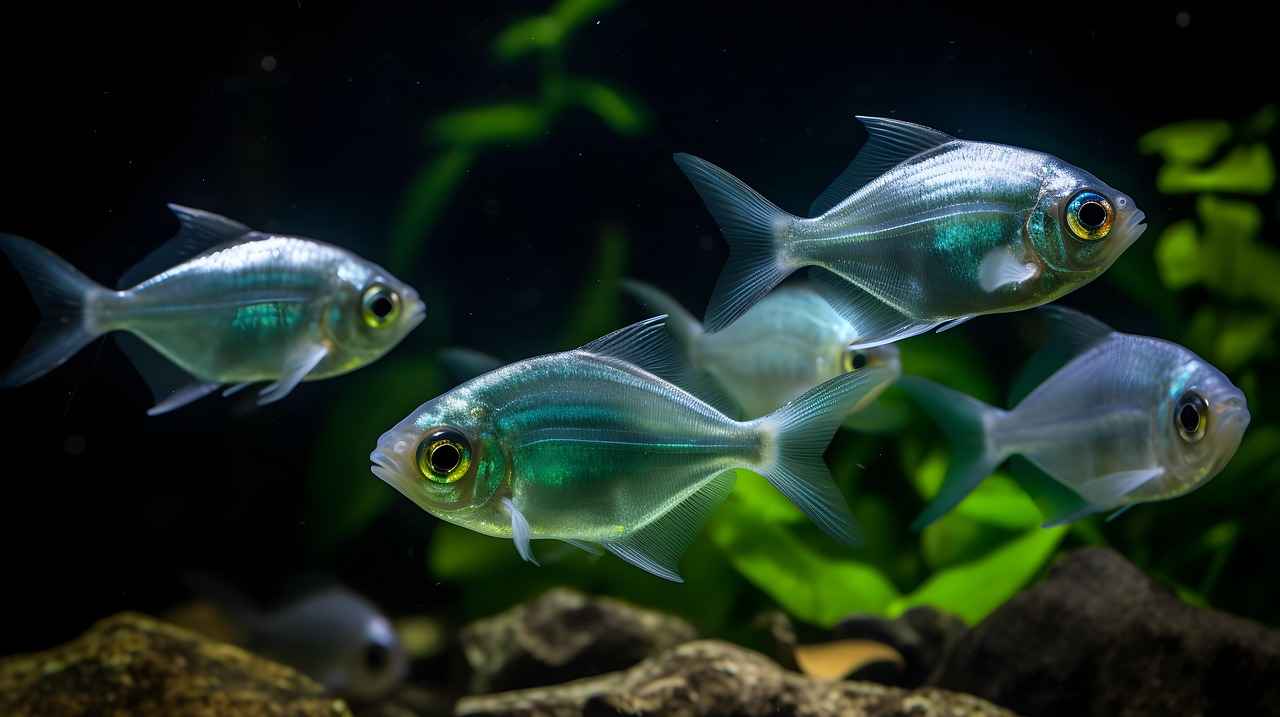
How Do Aquatic Plants Help in Lowering GH?
Aquatic plants are not just beautiful additions to your aquarium; they play a vital role in maintaining a healthy aquatic environment. One of the most significant contributions of live plants is their ability to regulate General Hardness (GH) levels in the water. This section delves into the mechanisms through which aquatic plants can naturally absorb minerals, thereby contributing to lower GH levels.
Understanding the Role of Aquatic Plants
Aquatic plants absorb essential nutrients from the water, including calcium and magnesium, which are the primary components of GH. By taking up these minerals, plants help to reduce the overall concentration of GH in the aquarium, creating a more suitable environment for fish and invertebrates that prefer softer water conditions.
How Do Aquatic Plants Absorb Minerals?
- Root Absorption: Many aquatic plants have roots that extend into the substrate, where they can absorb minerals directly from the soil. This process helps to remove excess calcium and magnesium from the water column.
- Leaf Absorption: Some plants can also absorb nutrients through their leaves. This is particularly true for floating plants that receive direct sunlight, enhancing their ability to photosynthesize and uptake minerals.
The Benefits of Lowering GH with Aquatic Plants
Maintaining lower GH levels can lead to several advantages in your aquarium:
- Improved Fish Health: Many fish species, such as neon tetras and cardinal tetras, thrive in softer water. Lowering GH helps to create a more natural habitat, reducing stress and promoting overall well-being.
- Enhanced Plant Growth: Softer water can also benefit aquatic plants, allowing them to flourish and provide even more benefits to the ecosystem.
- Balanced Ecosystem: A well-balanced ecosystem promotes biodiversity, which is essential for a thriving aquarium. Lower GH levels can help support a variety of fish and plant species.
Choosing the Right Aquatic Plants
When selecting aquatic plants for your aquarium, consider species known for their ability to absorb minerals effectively. Some popular options include:
- Java Fern: A hardy plant that thrives in various water conditions and is excellent at mineral absorption.
- Anubias: Known for its slow growth and resilience, Anubias can help maintain lower GH levels.
- Water Sprite: This fast-growing plant can absorb significant amounts of nutrients, making it a great choice for reducing GH.
Conclusion
Incorporating a variety of aquatic plants into your aquarium is a natural and effective way to manage GH levels. By understanding how these plants absorb minerals, you can create a healthier environment for your aquatic life. The benefits extend beyond just lowering GH; they also enhance the overall balance and vibrancy of your aquarium ecosystem.

What Are the Risks of Lowering GH Too Quickly?
When managing an aquarium, General Hardness (GH) plays a pivotal role in the health of aquatic life. While it may be tempting to rapidly adjust GH levels to suit specific species, doing so can lead to significant risks. This section delves into the potential dangers of lowering GH too quickly and offers guidance on maintaining a stable aquatic environment.
Lowering GH too quickly can create a stressful environment for fish and plants. Sudden shifts in water chemistry can lead to various health issues, including:
- Fish Shock: Rapid changes can shock fish, causing stress, weakened immune systems, and even death.
- Disruption of Biological Filtration: Beneficial bacteria that help maintain water quality may be adversely affected, leading to ammonia spikes.
- Plant Health Decline: Aquatic plants may struggle to adapt to sudden changes, leading to poor growth or die-off.
Maintaining a stable GH level is crucial for the overall health of your aquarium ecosystem. Fish and plants thrive in environments where conditions remain relatively constant. Here are some reasons why stability is essential:
- Natural Behavior: Fish exhibit more natural behaviors in stable conditions, promoting overall well-being.
- Improved Growth: Consistent GH levels support healthy growth rates in aquatic plants and fish.
- Reduced Stress: A stable environment minimizes stress, reducing the likelihood of disease outbreaks.
To lower GH effectively without risking your aquatic ecosystem, consider the following strategies:
- Gradual Adjustments: Aim for a gradual reduction, changing GH levels by no more than 1-2 dGH per week.
- Monitor Water Parameters: Regularly test GH using reliable kits to track changes and ensure stability.
- Use Appropriate Methods: Employ methods such as reverse osmosis or specific filtration materials to lower GH slowly.
In summary, while it is important to manage GH levels for the health of your aquarium, rapid changes can have detrimental effects. By understanding the risks and following safe guidelines, you can create a thriving aquatic environment for your fish and plants. Remember, patience is key in aquarium management, and gradual adjustments will yield the best results for your aquatic ecosystem.
Frequently Asked Questions
- What is the ideal GH level for freshwater aquariums?
The ideal GH level varies depending on the fish and plants you have. Generally, a GH of 4-8 dGH is suitable for many freshwater species, while some prefer softer water with a GH of 2-4 dGH. Always check your specific species’ needs!
- Can I use tap water to lower GH?
Using tap water can sometimes raise GH levels due to its mineral content. If your tap water is hard, consider using distilled or RO (reverse osmosis) water mixed with your tap water to achieve the desired softness.
- How often should I test GH levels?
Testing GH levels should be part of your regular maintenance routine. Aim to test at least once a month or more frequently if you notice changes in your fish’s behavior or health.
- Are there any chemical treatments to lower GH?
Yes, there are commercial products available that can help lower GH. However, it’s crucial to follow the instructions carefully, as overuse can harm your aquatic life.
- What role do aquatic plants play in GH management?
Aquatic plants can naturally absorb calcium and magnesium, which helps in lowering GH. Including a variety of live plants in your aquarium can create a more balanced environment for your fish.
- What should I do if my GH drops too quickly?
If you notice a rapid drop in GH, take immediate action to stabilize it by performing small water changes or adding minerals back into the water. Sudden changes can stress your fish and plants!

